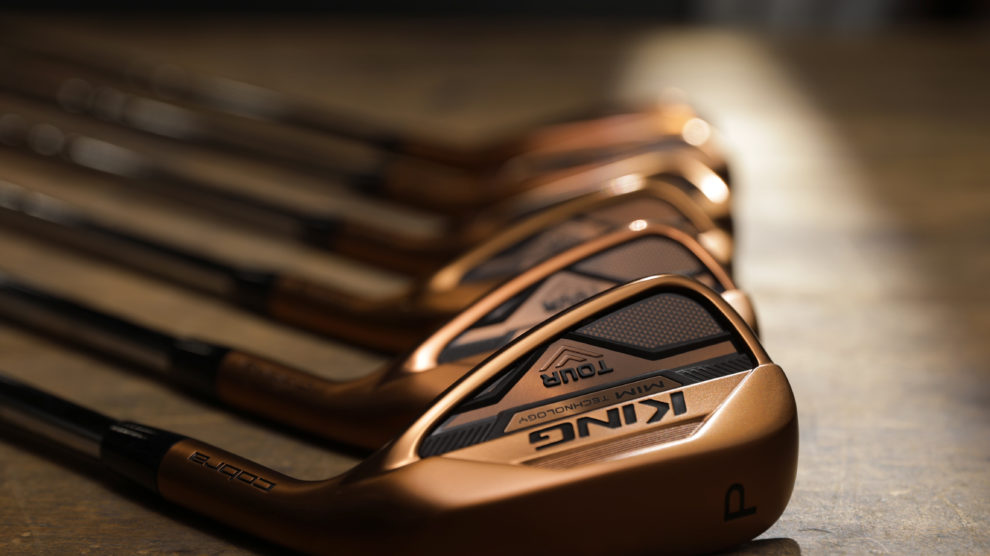If you've ever played or watched golf, then you've no doubt heard someone say what club they or someone else is hitting. Maybe it's a 9-iron or a 7-iron or a 5-hybrid or a 3-wood. But what exactly is a 9-iron? What makes it different than a 7-iron?
Why do golf clubs have numbers on them and in their names, and what do those numbers mean for irons, hybrids and woods?
Let us explain the origins of numbers on golf clubs.
Why do golf clubs have numbers on them?
Golf clubs have numbers on them, in large part, because of tradition. Every golf club is different. Some are long, while some are shorter. Some have more loft than others, while some have less. However, with every golf club being different -- both within the same set and across different clubmakers -- it was difficult to tell players the characteristics of each club in a concise fashion.
This way, when a golfer looks to grab a golf club -- familar or otherwise -- they have a good idea of what to expect when they hit it.
What do the numbers on golf clubs mean?
The numbers on golf clubs are meant to give the golfer a simple way of understanding the difference in how far each golf club is meant to hit the ball. The higher the number on a golf club, the less distance it will hit the ball relative to other golf clubs.
For example, using a 9-iron should mean hitting the ball less distance than a 7-iron. The 1-iron -- or, in John Daly's case, the 0-iron -- is meant to be the iron that hits the golf ball the longest. A 1-iron has both a long shaft and less loft compared to other irons a golfer might have, and the ordinal numbers on each iron are supposed to left a golfer know easily and quickly the order in which clubs might go in the way of distance.
The same is true for hybrids and fairway woods. A 5-hybrid won't go as far as a 3-hybrid because it is shorter and has more loft. Typically, a hybrid has a similar length and loft compared to an iron with the same number -- so a 5-hybrid is a similar club to a 5-iron in how it performs, although the hybrid is meant to be easier to hit.
It has become custom to print the numbers on clubs instead of the exact loft and length of each club, primarily because that can differ dramatically from one set to the next. Also, in the modern era, golf club lofts are several degrees lower than they were even a few decades ago. Between material improvements in club design and some degree of marketing, lofts have changed, so there is no direct comparison between the modern 7-iron and the 7-irons from the 1970s.
Fairway woods also have numbers on them, and the same principle applies as with irons. However, a 3-wood isn't comparable to a 3-iron or a 3-hybrid. Numbers on fairway woods compare fairway woods to other fairway woods. If you want to compare the performance of a fairway wood with a hybrid or an iron, you'll have to figure out the lofts of the clubs and compare them based on that.
What number is on the driver?
The driver is a unique club. We almost always refer to hit by that name -- driver -- instead of with a number, like pretty much every other club in the bag except perhaps for a wedge. However, the driver has a number on it. It's the 1-wood. That's why driver headcovers sometimes have the 1 on them and why you still find many drivers with a 1 on the sole.

